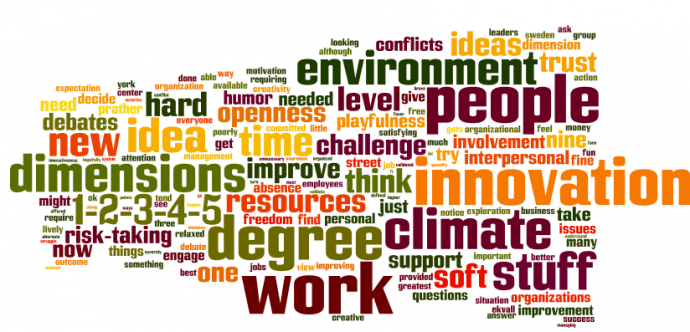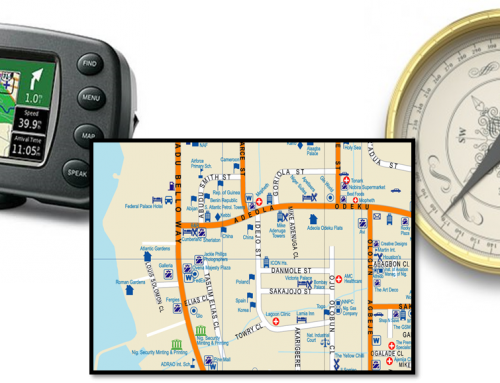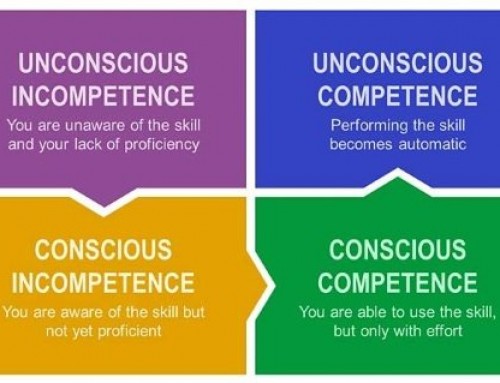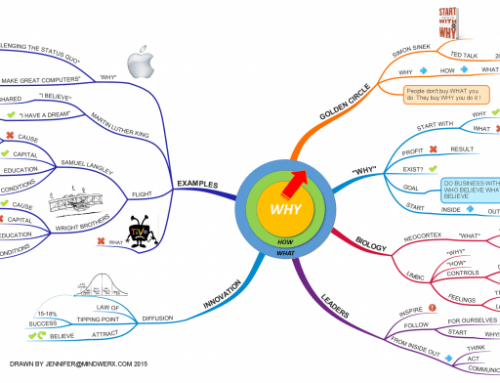Author: Charles W. Prather, Ph.D.
Bio: Dr. Prather was a research management chemist at DuPont before managing DuPont’s Center for Creativity and Innovation. Through CW Prather Associates, in Annapolis, Maryland, he now consults on creativity and creative problem solving. He is co-author of Blueprints for Innovation (American Management Association, New York, 1995).

Abstract: Think back over your career to the work situation that provided the most satisfying environment for you (hopefully it’s your current job). Now, contrast that one to the opposite—the one that provided the least satisfying work environment. You are most likely to see that your personal enthusiasm and the level of your innovativeness paralleled in the work environment. What dimensions of the environment do you think were most important? If you wanted to improve the environment for innovation, what specifically would you do? Leaders struggle with these questions.
In our work with organizations, we find that the climate for innovation is crucial, poorly understood, and all but ignored when thoughts turn to improving the level of innovation. When leaders wish to improve the climate, many times they will just “shotgun” it—doing something that is poorly thought out, or doing something that makes the situation worse. There is a better way—first understand the system and get the data, then decide what to do.
Based on the pioneering work of Goran Ekvall in Sweden some 20 years ago, it is now possible to quantify the climate for innovation. Ekvall’s work has been further refined and validated by Scott Isaksen and others at the Center for Creative studies at the State University of New York-Buffalo, who have defined nine dimensions of the Climate for Innovation. These nine dimensions are:
1. Challenge (How challenged, how emotionally involved, and how committed are employees to the work?)
2. Freedom (How free is the staff to decide how to do their job?)
3. Idea time (Do employees have time to think things through before having to act?)
4. Idea support (Are there a few resources to give new ideas a try?)
5. Trust and openness (Do people feel safe in speaking their minds and openly offering different points of view?)
6. Playfulness and humor (How relaxed is the workplace—is it OK to have fun?)
7. Conflicts (To what degree do people engage in interpersonal conflict or “warfare?”)
8. Debates (To what degree do people engage in lively debates about the issues?)
9. Risk-taking (Is it OK to fail when trying new things?)
Source: R&D Innovator Magazine, Contact Winston Brill to subscribe to R&D Innovator






Leave A Comment
You must be logged in to post a comment.